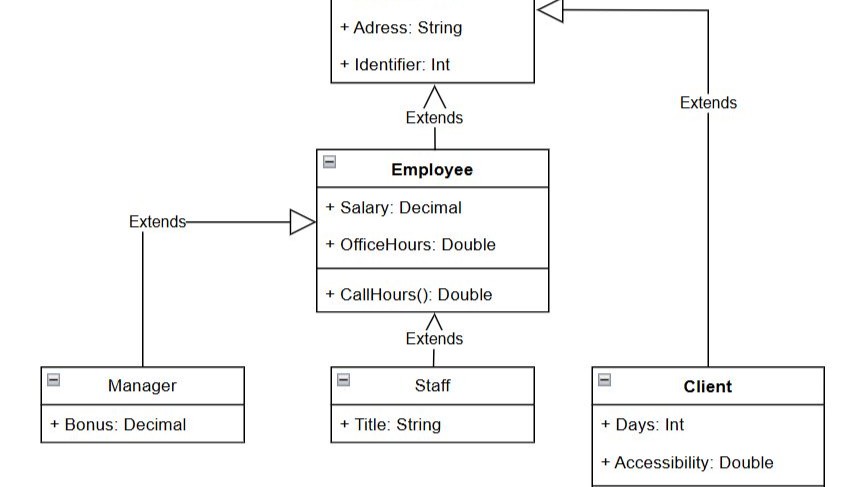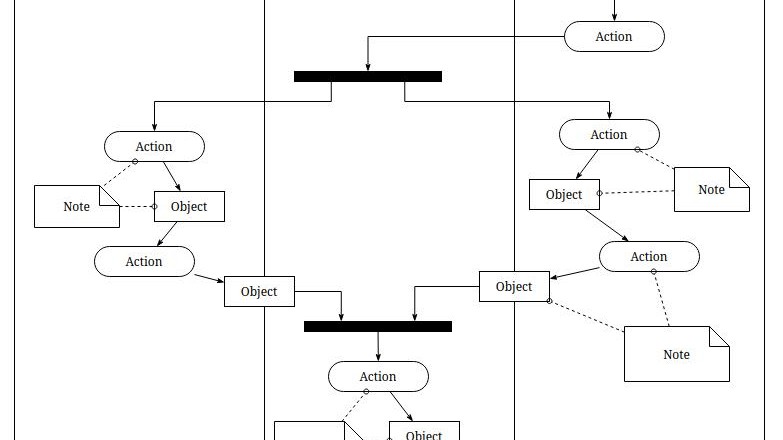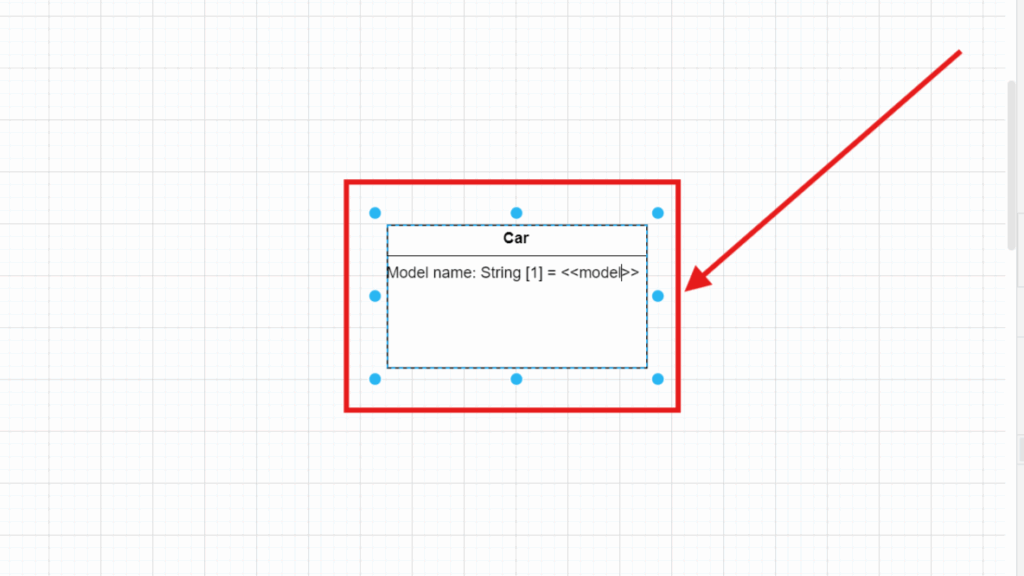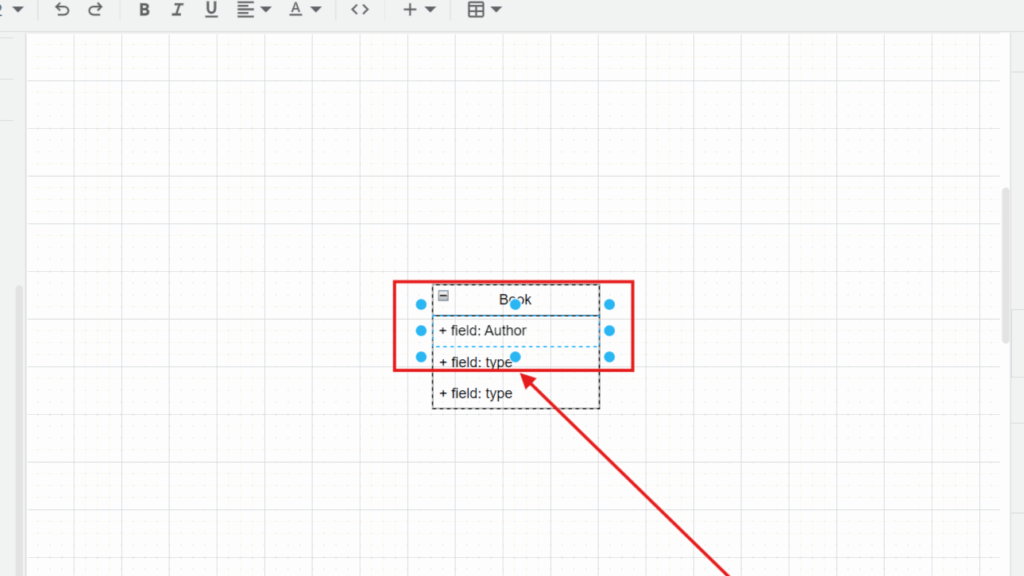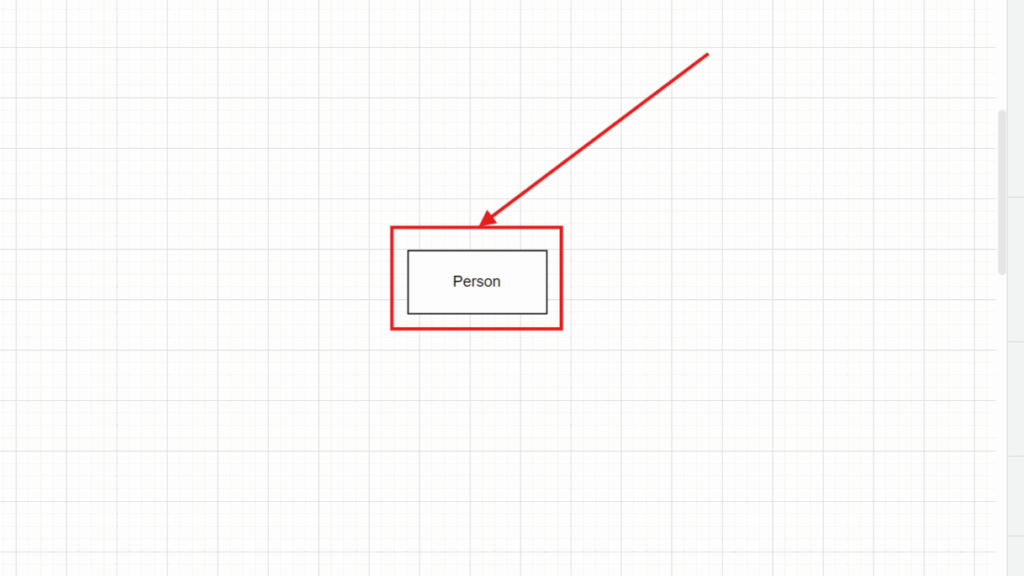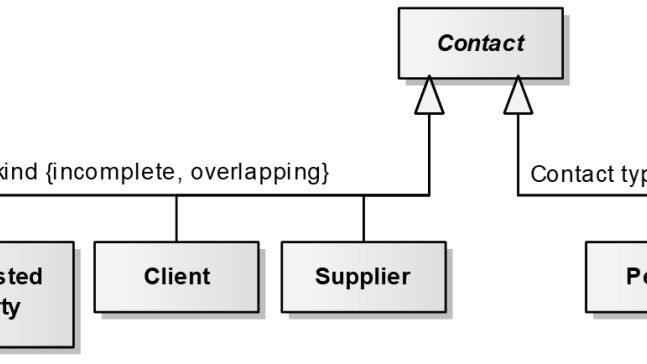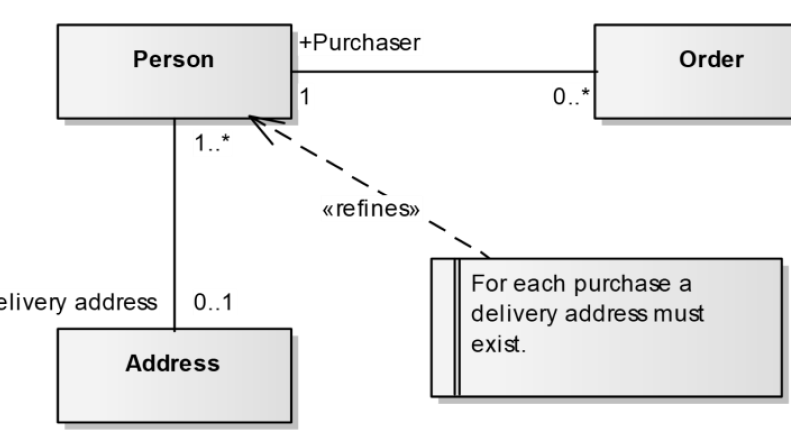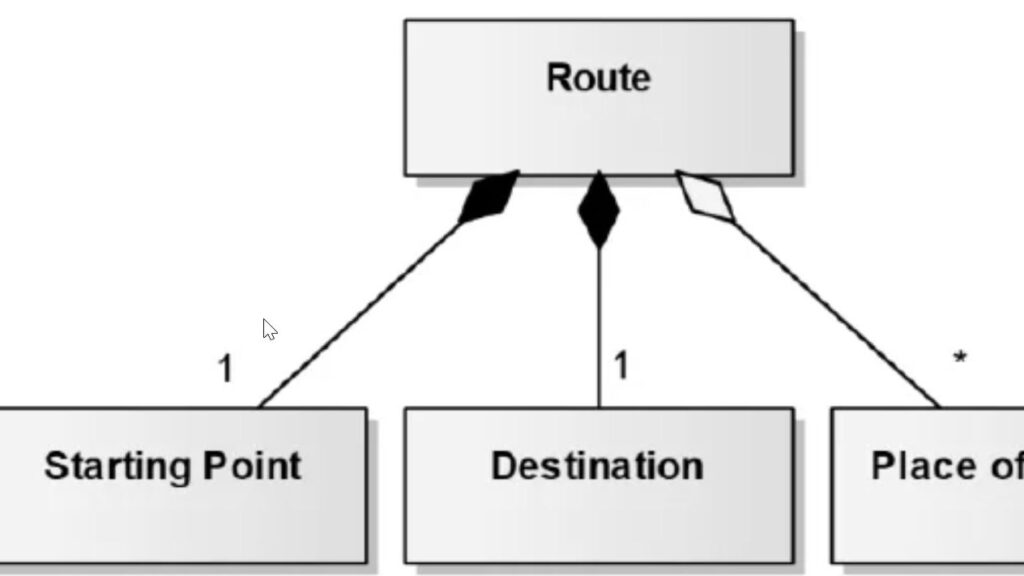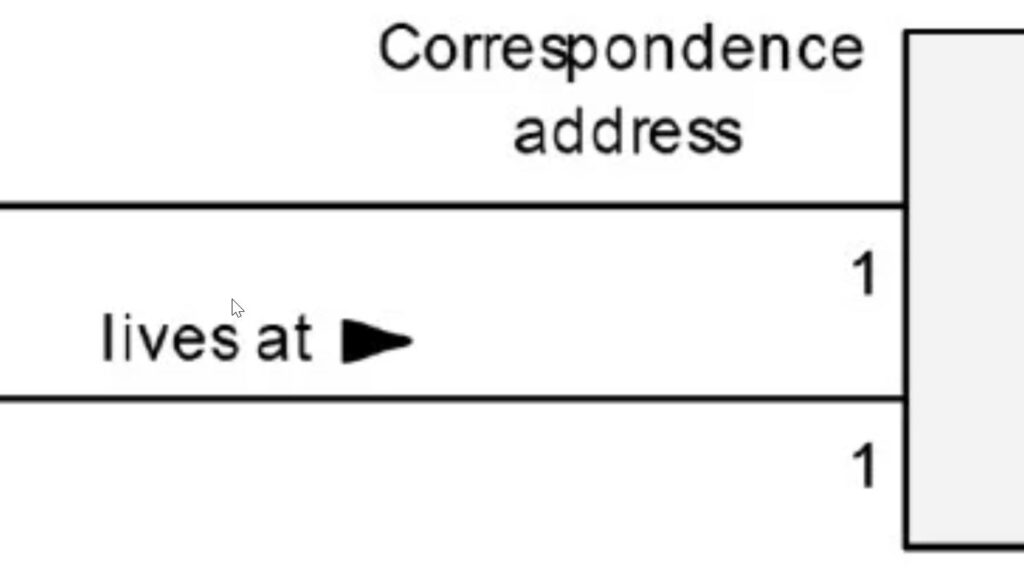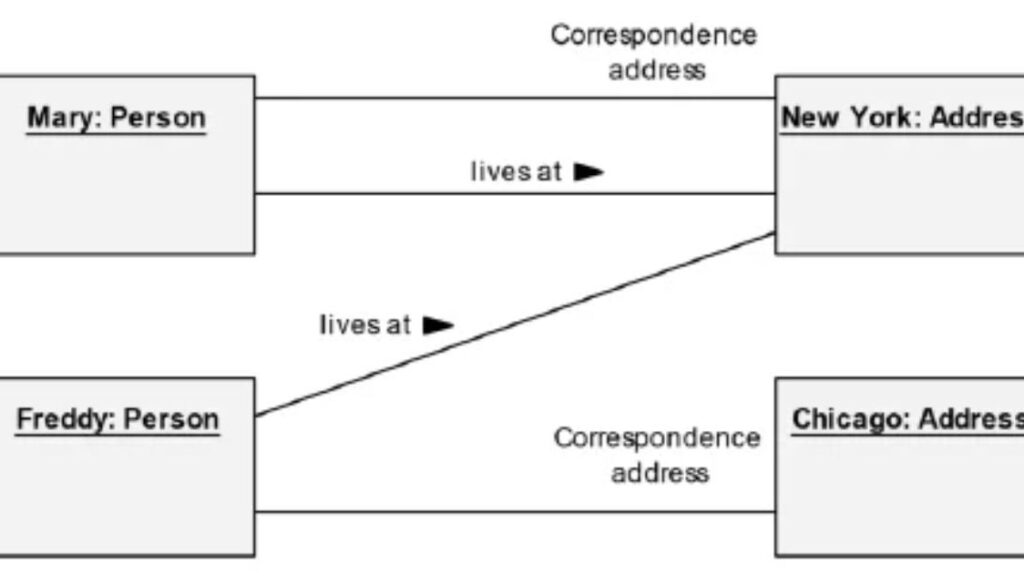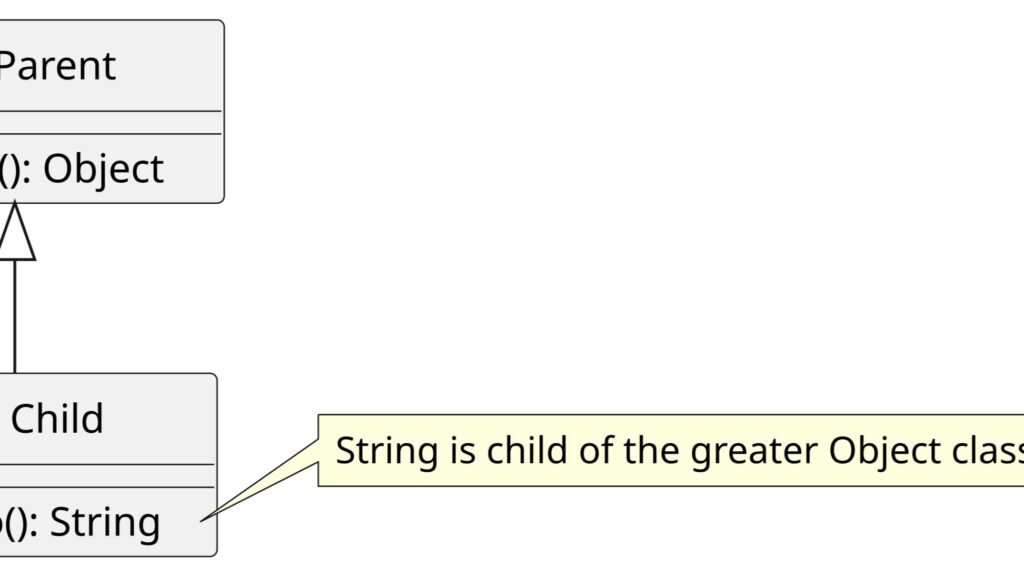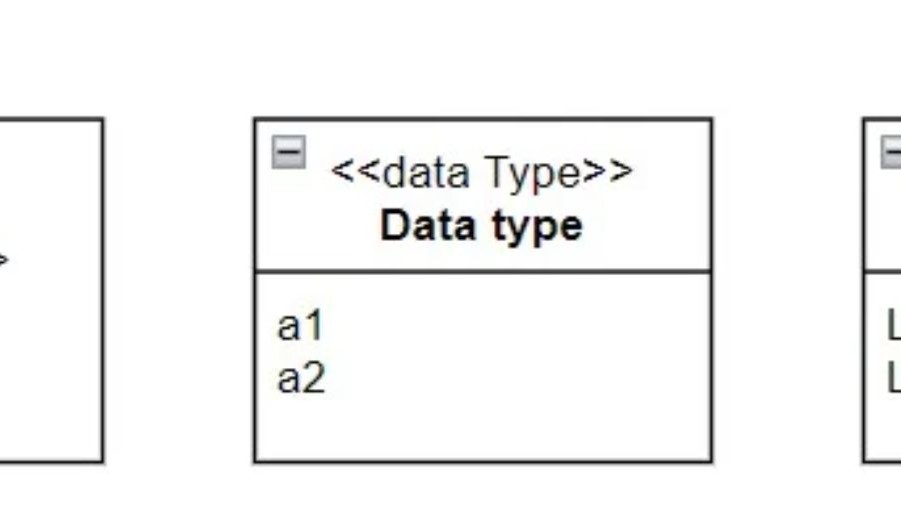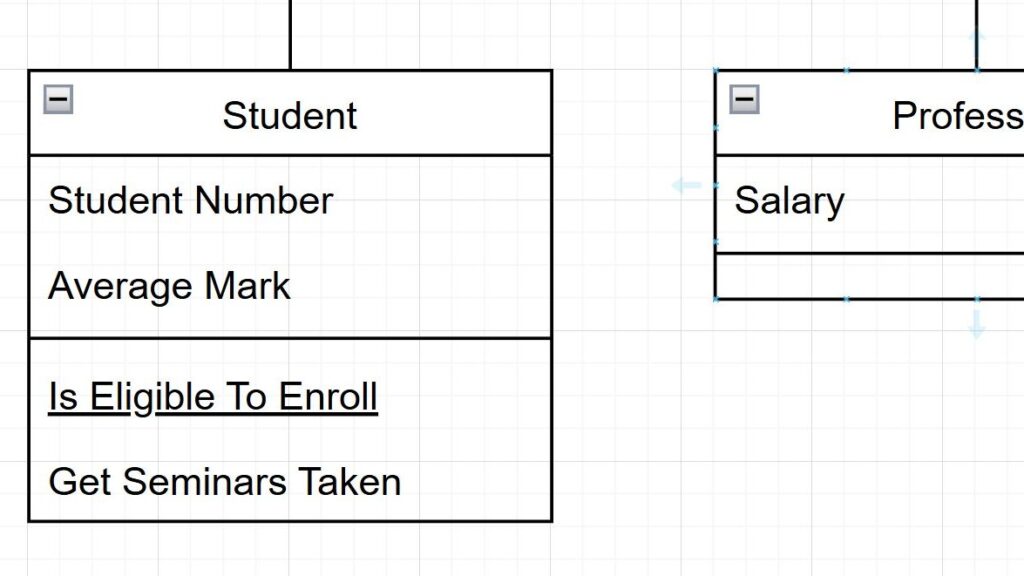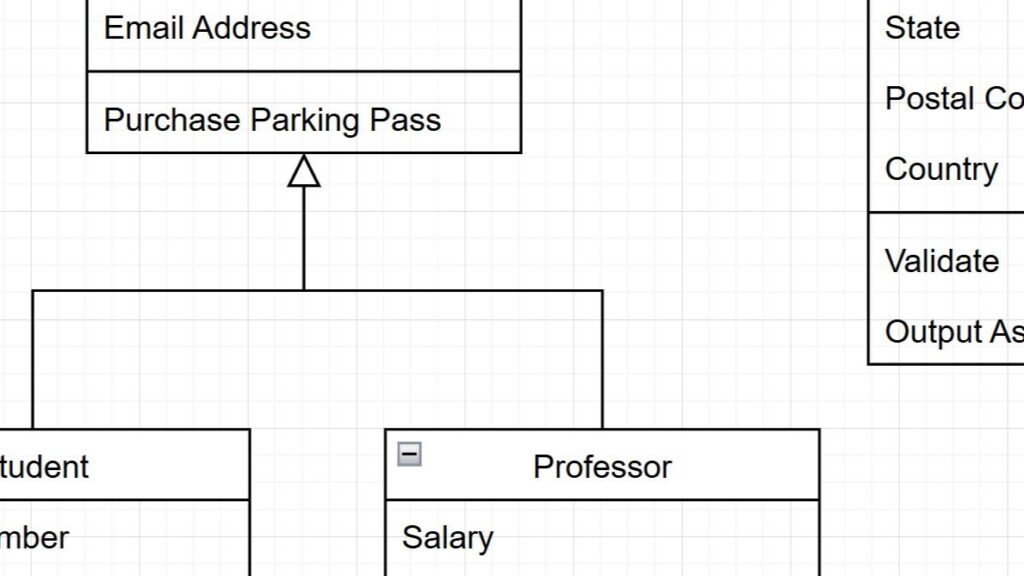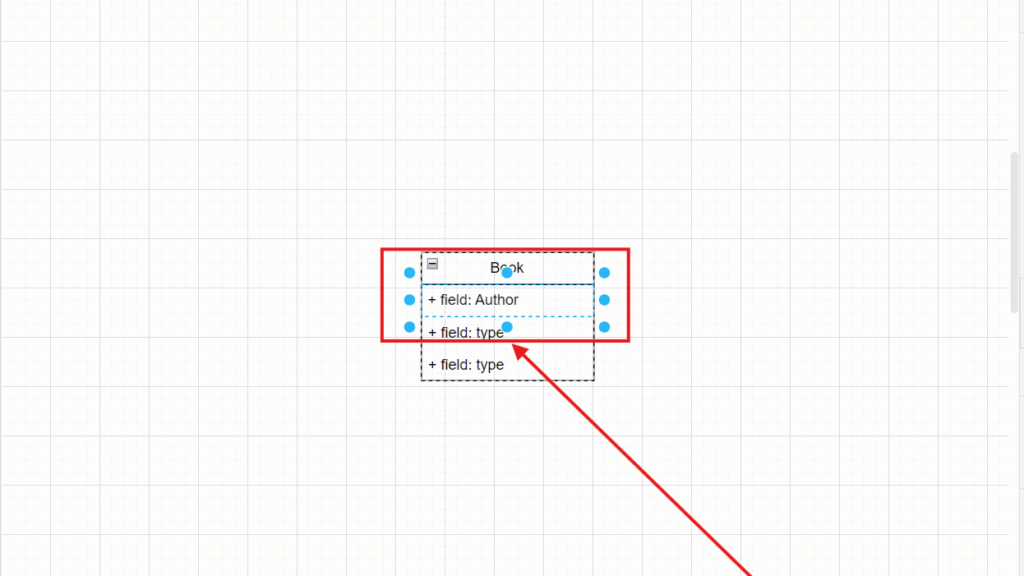Motivations for Requirements Modeling: from Text to Diagram
When I work with requirements, I need clarity, structure, and a shared understanding. Because of this, I rely on modeling. It turns text into visual logic and reveals gaps or contradictions early. My motivation for requirements modeling comes from its ability to improve communication and support precise, reliable system understanding.
Motivations for Requirements Modeling: from Text to Diagram Read More »


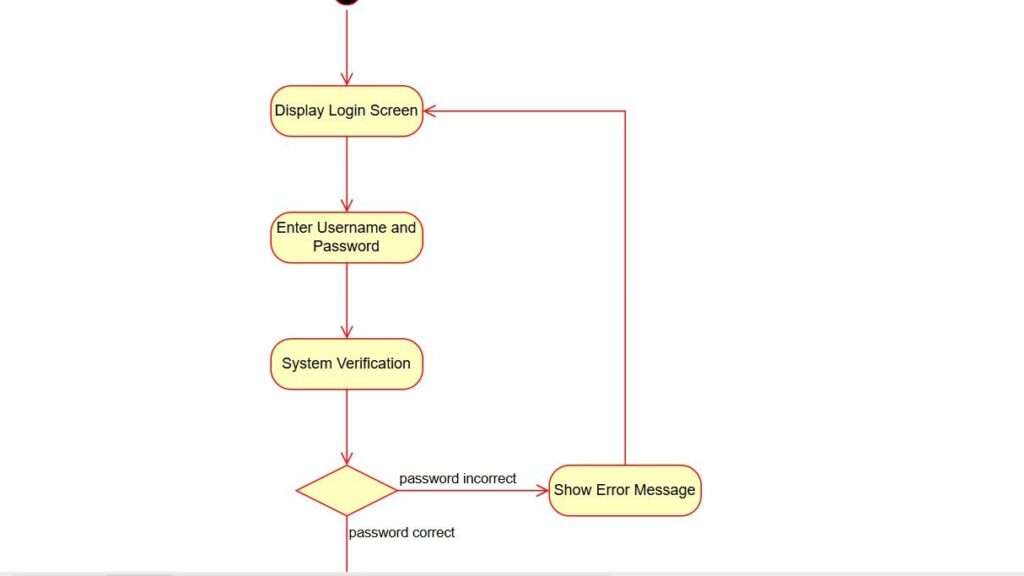
![Cropped UML class box titled “Person” listing attributes including “/Age,” “Date of birth [0..1],” and “Client: boolean,” with a dashed «refines» arrow partially visible.](https://the-requirements-engineer.com/wp-content/uploads/2025/08/tipsUmlMod1-1.jpg)
